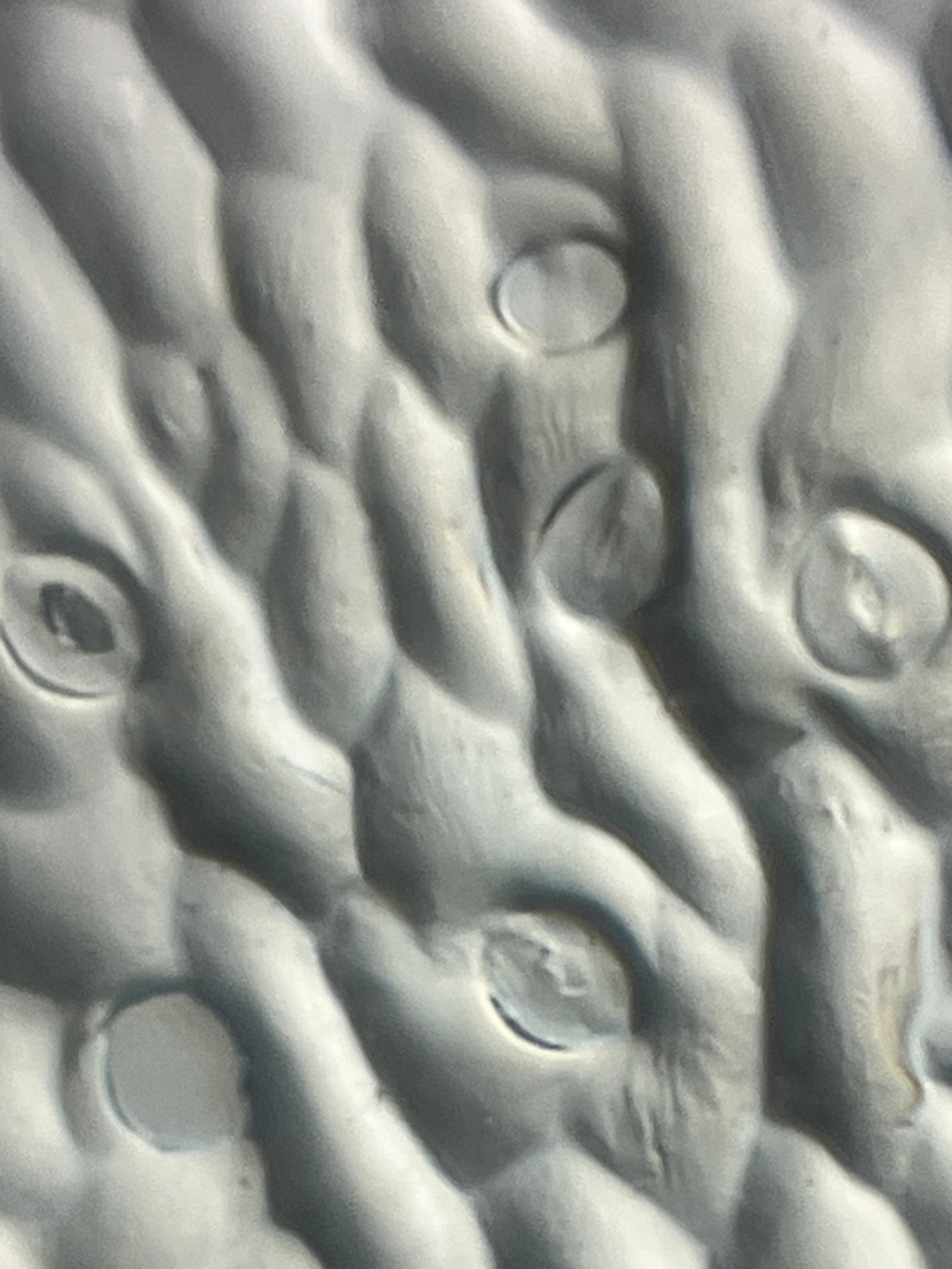Watch the video version of this blog here:
Have you ever watched an insect fly through the air? How about a maple seed as it gets carried by the wind and floats gently to the ground? Is there anything similar about wings and leaves on a microscopic level that contributes to the ability to fly? Let’s take a closer look at these structures under a Foldscope to see!

What is flight?
According to the Merriam Webster dictionary, flight is the act of passing through the air by the use of wings. When thinking of flight, one usually conjures up an image of something with wings. Whether it is a bird, insect, or a plane, each of them have wings. The seeds of the maple tree don’t actually fly, but their wing-like shape allows them to travel for large distances away from the parent tree before hitting the ground.
Even though maple seeds don’t fly, the similarity between them and insect wings on a macroscopic level is striking. They are both wider in the middle than at the ends. They both have a sturdy structure (insect wing = costal margin; leaf = leading edge) along the top and veins that branch out and travel to the opposite edge. It is fascinating how two such different organisms both use the same shape to help them fly (or float) from one place to another. But the question remains, how similar are they on the microscopic level?

Veins
On a microscopic level, the veins of the maple seed leaf are almost opaque under the Foldscope. They are brown in color and show extensive branching throughout the leaf. The veins of the insect wing are yellowish-brown and darker than the surrounding membrane, but still translucent. The insect wing veins do not show a great deal of branching throughout the membrane.

The veins in the maple seed leaf and the veins in the insect wing are both part of the organism’s circulatory system. While the maple seed develops, the veins branch throughout the leaf providing water and nutrients to the seed. When the seed is ready to drop, the cells in the leaf dry up and die causing the veins to darken and become opaque. With less water to weigh it down, the wind is able to carry the seed over great distances.
The veins, blood, and wing cells of crane flies are all transparent which is why you can see these structures clearly under the Foldscope. Crane flies use their veins to pump insect blood through the wings to provide nutrients to the cells in the wing membrane and to cool the insect as it flies. Full veins increase the weight of the insect so the number of veins in the wing membrane are minimized to make flight easier.
The space in between the veins on the leaf looks almost cloudy and hard to see through. There is some indication of cell walls, but it is challenging to clearly define them. The insect wing membrane is transparent and has places on it with tiny hairs.

Edges
The edge of the leaf is smooth because leaves do not need to navigate. The leaf is at the mercy of the wind and therefore needs to be as light as possible to travel as far as possible. Having extra hairs would only weigh it down and add air resistance. The smooth surface and edge help it to cut through the air with little resistance. Insects however, are in control of their flight path. Insects use the hairs on their wings to help with navigation. The hairs are actually sensory structures that can detect things in the air helping the insect find its target or avoid a collision.

What other ways can you think of to study things that fly with your Foldscope? What other structures can you observe? Share your microscopic images on the Microcosmos and use social media to tag us with the results of your explorations, creations, and discoveries! We love to see how Foldscopers around the world are using their Foldscopes in new and innovative ways!
Facebook: @Foldscope
Twitter: @TeamFoldscope
Instagram: @teamfoldscope



